Matt Lynn Digital reviewed the Francis Ford Coppola movie The Godfather (1972) in January 2023. Today, we look to Ford Coppola‘s sequel as released in December 1974, namely The Godfather Part II (1974). Both claim the Mario Puzo book The Godfather as source material, with screenwriting credit for Puzo and Ford Coppola.
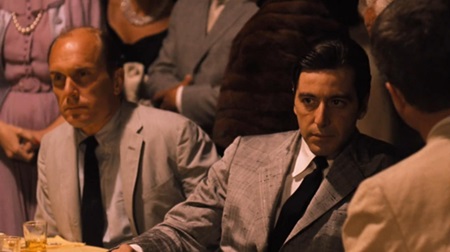
The original movie told the story of a clandestine organized crime dynasty’s transfer from an aging patriarch to a reluctant son of the original; the second movie tells of the early life and career of that patriarch from Sicily, Italy to New York City, New York as prequel while showing the son expand and control the dynasty as sequel. This storytelling decision to expand upon the original while speaking to the fate of the Don Vito Corleone’s family broke cinematic ground with meaning while offering satisfaction.

The story of Don Michael Corleone within The Godfather Part II opens in 1958 in Lake Tahoe on the California and Nevada border, accepting meetings in that role on the day of his son’s First Communion. Capo Frankie Pentangeli raises dismay about extracurricular behavior in the Bronx by Jewish mobster Hyman Roth’s organization. Meanwhile, Senator Pat Geary insults the Corleones specifically and Italians generally, demanding a bribe for casino operations that Michael aims not to pay. A failed assassination attempt on Michael Corleone leads him, while departing, to confide in consiglieri Tom Hagan that he, Corleone, fears a traitor exists within the organization. Al Pacino, Michael V. Gazzo, Lee Strasberg, G.D. Spradlin and Robert Duvall portrayed Corleone, Pantengeli, Roth, Geary and Hagan, respectively.

The story of Don Vito Corleone starts within The Godfather Part II as nine-year-old Vito Andolini in the Corleone neighborhood of Sicily in 1901. An insult to Mafia chieftain Don Francesco by Vito’s father led to the murder of Vito’s family, with Vito fleeing to New York City with the name Vito Corleone. It was 1917 that Vito loses his job due to interference by Don Fanucci before Vito’s neighbor, Peter Clemenza, asks Vito to hold some guns to avoid criminal consequences. The pair later strike up the beginnings of the Corleone crime empire while we get to meet Vito’s wife, Carmela, and the couple’s four kids. Oreste Baldini, Giuseppe Sillato, Robert De Niro, Gastone Moschin, Bruno Kirby, Francesca De Sapio, Roman Coppola and Louis Marino portrayed Vito Andolini – as a Boy, Don Francesco, Vito Corleone, Don Fanucci, young Peter Clemenza, young Carmela Corleone, Sonny Corleone – as a Boy and young Michael Corleone.

The stories escalate from there, with Michael moving against Geary for political support while aiming for business plans in Cuba. Intrigue with Pentangeli and Roth bring Johnny Ola and Fredo Corleone into clearer focus, while Geary goes to bat for Michael Corleone and the Corleone criminal enterprise against a Senate Committee in Washington DC. When Mama (Carmela) Corleone as portrayed by Morgana King, drama for Michael comes full force with revelations for Connie, Fredo, Kay and the ongoing legacy of the family. Meanwhile with the prequel, a partnership with Salvatore Tessio brings additional friction with Don Fanucci that leads to the initial expansion of the Corleone crime family that many years later becomes the storyline explored with Michael. Dominic Chianese, John Cazale, Talia Shire, Diane Keaton and John Aprea portrayed Johnny Ola, Fredo Corleone, Connie Corleone, Kay Adams Corleone, and Young (Salvatore) Tessio, respectively.

The Godfather Part II movie raises so many questions and suspense that are resolved with clarity, directness and brutality. Loyalty and betrayal are strong themes running throughout; that the story of Vito Corleone and Michael Corleone have moved from an initial innocence to an assertive, yet seemingly principled criminal philosophy is remarkable and substantial when looked at in parallel. I grant The Godfather Part II as directed by Francis Ford Coppola 4.75-stars on a scale of 1-to-5.
Matt – Saturday, April 6, 2024



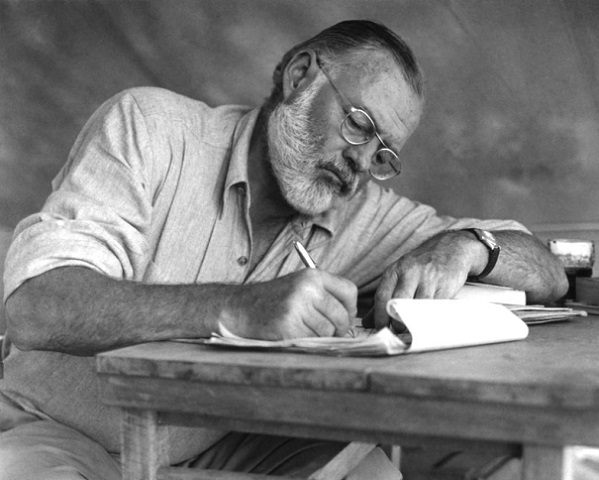







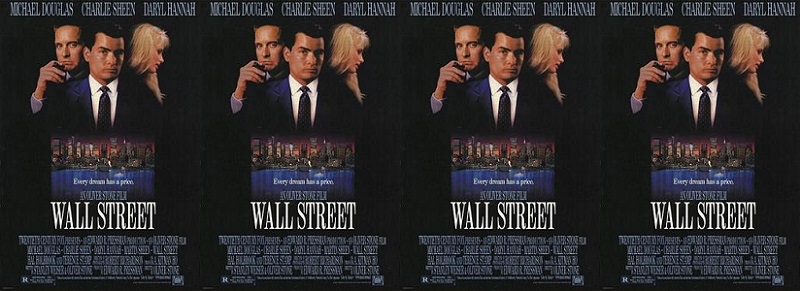

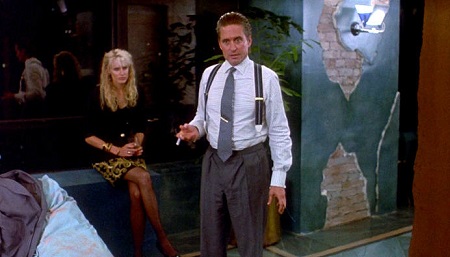
























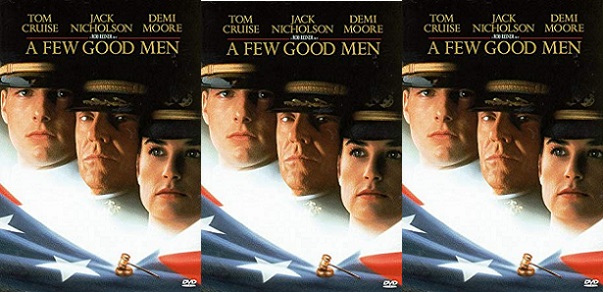
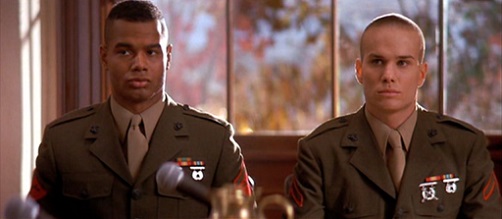 (Wolfgang Bodison as Lance Cpl. Harold W. Dawson, left, and James Marshall as Pfc. Louden Downey in the film A Few Good Men).
(Wolfgang Bodison as Lance Cpl. Harold W. Dawson, left, and James Marshall as Pfc. Louden Downey in the film A Few Good Men).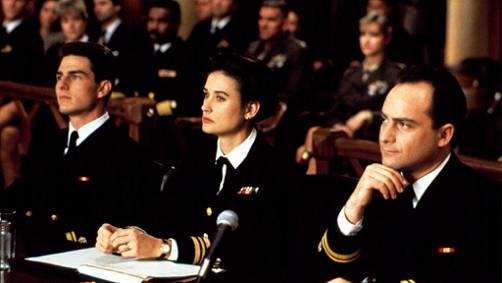 (From left to right are Tom Cruise as Lt. Daniel Kaffee, Demi Moore as Lt. Cdr. JoAnne Galloway, and Kevin Pollak as Lt. Sam Weinberg in the film A Few Good Men).
(From left to right are Tom Cruise as Lt. Daniel Kaffee, Demi Moore as Lt. Cdr. JoAnne Galloway, and Kevin Pollak as Lt. Sam Weinberg in the film A Few Good Men).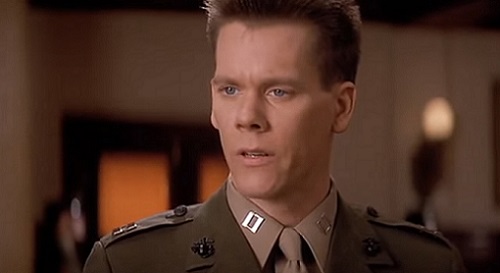 (Kevin Bacon as Capt. Jack Ross in the film A Few Good Men).
(Kevin Bacon as Capt. Jack Ross in the film A Few Good Men).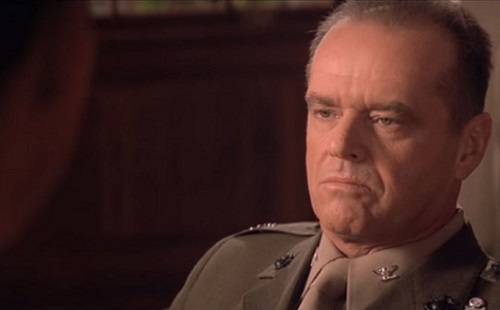 (Jack Nicholson as Col. Nathan R. Jessep in the film A Few Good Men).
(Jack Nicholson as Col. Nathan R. Jessep in the film A Few Good Men). ( J.T. Walsh as Lt. Col. Matthew Andrew Markinson, top left, Kiefer Sutherland as 2nd. Lt. Jonathan Kendrick, top right Noah Wyle as Cpl. Jeffrey Barnes, bottom left, and Cuba Gooding Jr. as Cpl. Carl Hammaker, bottom right, in the film A Few Good Men).
( J.T. Walsh as Lt. Col. Matthew Andrew Markinson, top left, Kiefer Sutherland as 2nd. Lt. Jonathan Kendrick, top right Noah Wyle as Cpl. Jeffrey Barnes, bottom left, and Cuba Gooding Jr. as Cpl. Carl Hammaker, bottom right, in the film A Few Good Men). (Screenplay writer Aaron Sorkin, left, and director Rob Reiner from the film A Few Good Men).
(Screenplay writer Aaron Sorkin, left, and director Rob Reiner from the film A Few Good Men).